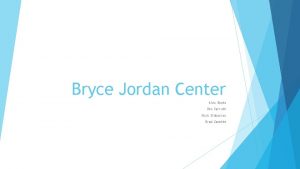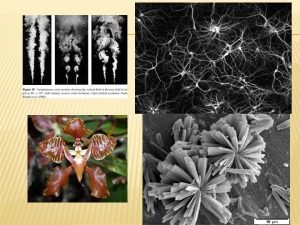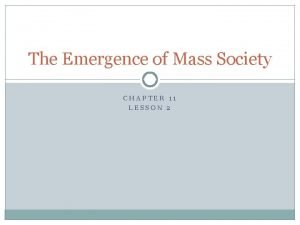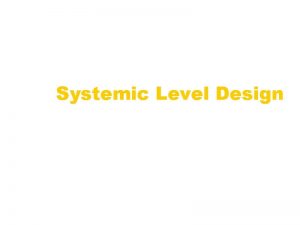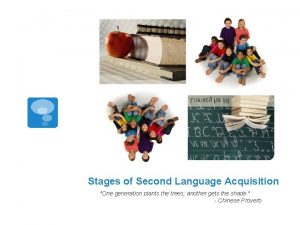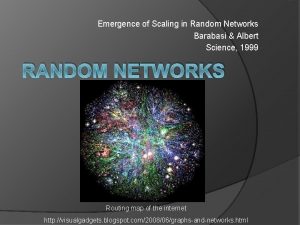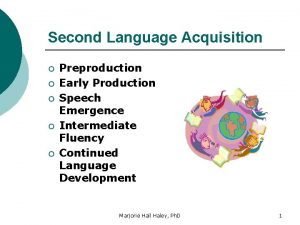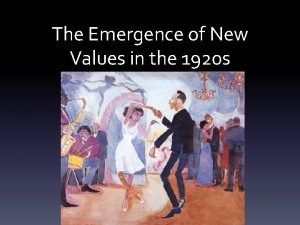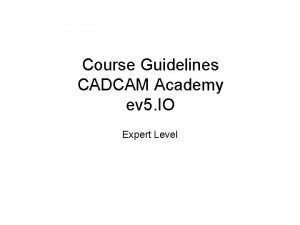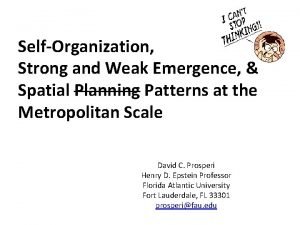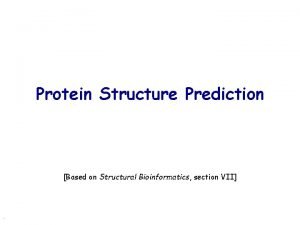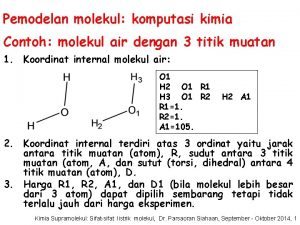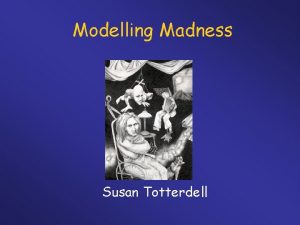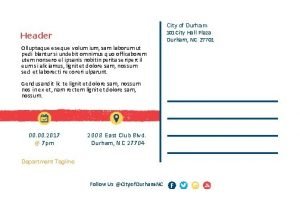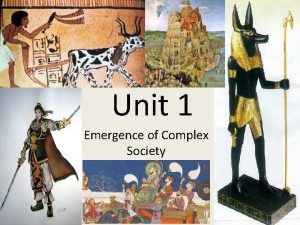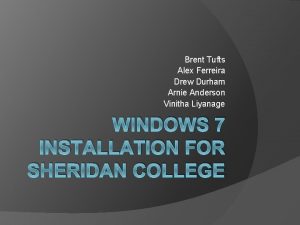Modelling Dispositions Alex Carruth Durham Emergence Project Durham

























- Slides: 25

Modelling Dispositions Alex Carruth Durham Emergence Project Durham University

Dispositions • (or Capacities, Tendencies, Causal Powers…)

Dispositions • (or Capacities, Tendencies, Causal Powers…) • The features/properties in virtue of which things engage in particular causal interactions

Dispositions • (or Capacities, Tendencies, Causal Powers…) • The features/properties in virtue of which things engage in particular causal interactions • Canonical examples: – Fragility, Solubility

Dispositions • (or Capacities, Tendencies, Causal Powers…) • The features/properties in virtue of which things engage in particular causal interactions • Canonical examples: – Fragility, Solubility • But also: – Mass, Charge

The Conditional Analysis (CA) • Traditionally dominant account of dispositions

The Conditional Analysis (CA) • Traditionally dominant account of dispositions • An object O has a disposition D just in case: – If S occurs then O will M – where 'S' is some 'stimulus' and 'M' some 'manifestation‘

The Conditional Analysis (CA) • Traditionally dominant account of dispositions • An object O has a disposition D just in case: – If S occurs then O will M – where 'S' is some 'stimulus' and 'M' some 'manifestation‘ – E. g. If the vase is struck, then it will break

The Conditional Analysis (CA) • Traditionally dominant account of dispositions • An object O has a disposition D just in case: – If S occurs then O will M – where 'S' is some 'stimulus' and 'M' some 'manifestation‘ – E. g. If the vase is struck, then it will break • Relationally capture a disposition’s nature: – D(s, m)

Single- vs. Multi-track Dispositions • Debate over the number and variety of manifestations associated with a single disposition

Single- vs. Multi-track Dispositions • Debate over the number and variety of manifestations associated with a single disposition • Quantitative multi-tracking vs. Qualitative multi-tracking

Single- vs. Multi-track Dispositions • Debate over the number and variety of manifestations associated with a single disposition • Quantitative multi-tracking vs. Qualitative multi-tracking • If multi-tracking is right, the simple way that the CA models dispositions cannot be correct

Single- vs. Multi-track Dispositions • Debate over the number and variety of manifestations associated with a single disposition • Quantitative multi-tracking vs. Qualitative multi-tracking • If multi-tracking is right, the simple way that the CA models dispositions cannot be correct • Going to be more complex

How dispositions operate • CA assumes a ‘stimulus’ based account of how dispositions operate

How dispositions operate • CA assumes a ‘stimulus’ based account of how dispositions operate • Alternative account: mutual manifestation – Dispositions ‘work together’ – No distinction possible between the ‘active’ disposition and the mere ‘stimulus’

How dispositions operate • CA assumes a ‘stimulus’ based account of how dispositions operate • Alternative account: mutual manifestation – Dispositions ‘work together’ – No distinction possible between the ‘active’ disposition and the mere ‘stimulus’ • Non-reductive, unlike CA

How dispositions operate • CA assumes a ‘stimulus’ based account of how dispositions operate • Alternative account: mutual manifestation – Dispositions ‘work together’ – No distinction possible between the ‘active’ disposition and the mere ‘stimulus’ • Non-reductive, unlike CA • Possibly holistic

Four accounts of dispositions • Single-track, stimulus-manifestation (the CA) – D(s, m)

Four accounts of dispositions • Single-track, stimulus-manifestation (the CA) – D(s, m) • Multi-track, stimulus-manifestation – D{(s 1, m 1), (s 2, m 2), …, (sn, mn)}

Four accounts of dispositions • Single-track, stimulus-manifestation (the CA) – D(s, m) • Multi-track, stimulus-manifestation – D{(s 1, m 1), (s 2, m 2), …, (sn, mn)} • Single-track, mutual-manifestation – D 1(D 2, m 1)

Four accounts of dispositions • Single-track, stimulus-manifestation (the CA) – D(s, m) • Multi-track, stimulus-manifestation – D{(s 1, m 1), (s 2, m 2), …, (sn, mn)} • Single-track, mutual-manifestation – D 1(D 2, m 1) • Multi-track, mutual-manifestation – D 1{(D 2, m 1), (D 3, m 2), . . . , (Dn, mn)}

How to react? • Monism? – if so, which account?

How to react? • Monism? – if so, which account? • Pluralism? – greater cost/complexity?

How to react? • Monism? – if so, which account? • Pluralism? – greater cost/complexity? • Pragmatism? – different responses for different tasks/contexts

Thanks!
 Yai ajak utah
Yai ajak utah Obvious ways values enter psychology
Obvious ways values enter psychology Personal disposition
Personal disposition Scrip dispositions
Scrip dispositions Emergence theory
Emergence theory The emergence of mass society
The emergence of mass society Emergence
Emergence Intermediate fluency stage
Intermediate fluency stage Emergence of scaling in random networks
Emergence of scaling in random networks Speech emergence
Speech emergence Plan emergence madagascar 2019-2023 pdf
Plan emergence madagascar 2019-2023 pdf Netflix core competencies
Netflix core competencies Entrepreneurship during post independence
Entrepreneurship during post independence The emergence of new values
The emergence of new values Plan emergence madagascar 2019-2023
Plan emergence madagascar 2019-2023 Emergence profile
Emergence profile So&e
So&e Paul ruthman committee
Paul ruthman committee The emergence of mass society
The emergence of mass society What is technological modelling
What is technological modelling Homology modelling steps
Homology modelling steps Java modelling tools
Java modelling tools Molecular modelling laboratory
Molecular modelling laboratory Modelling madness
Modelling madness Modelling rich interaction
Modelling rich interaction Revolver formula min max
Revolver formula min max
